EU declaration conformity
Fan speed controller | Modbus RTU | 115 - 230 VAC | 1,5 A
Product description
Transformer fan speed controller with a Modbus RTU interface. Supply voltage of 115 - 230V AC. Controls single-phase motors with a maximum motor current of 1.5 A.
Fan speed is regulated by varying motor voltage in steps using autotransformer technology, ensuring perfectly sinusoidal motor voltage for quiet operation. Special impregnation coating reduces electrical noise from the autotransformer.
Control options: Sentera potentiometers (SPV series), Modbus I/O modules, BMS systems, or Sentera HVAC sensors (temperature, relative humidity, CO2, air quality/TVOC).
Surface mountable housing with an IP54 protection class.
Documents
Additional specifications and description
What are the Core Advantages of Transformer-Based Fan Speed Controllers?
Most electric motors are voltage controllable. Transformer controllers are a simple, convenient and cost-effective speed control solution. Another major advantage of transformer-based control units is speed control without electromagnetic excitation in the motors. The products are therefore also recommended for noise-sensitive areas. So, what you get by a transformer fan speed controller is: silent motor operation, simple control in steps and a controller with a long service life at a reasonable price!
How is Modbus RTU Utilized for Control in This Fan Speed Controller?
Most electric motors are voltage controllable. Transformer controllers are a simple, convenient and cost-effective speed control solution. Another major advantage of transformer-based control units is speed control without electromagnetic excitation in the motors. The products are therefore also recommended for noise-sensitive areas. So, what you get by a transformer fan speed controller is: silent motor operation, simple control in steps and a controller with a long service life at a reasonable price!
How is Modbus RTU Utilized for Control in This Fan Speed Controller?
Modbus RTU is an open serial protocol derived from the master/slave architecture. It is a widely accepted serial level protocol due to its ease of use and reliability. Modbus RTU is widely used within Building Management Systems (BMS) and Industrial Automation Systems (IAS).
This fan speed controller requires a Modbus RTU control signal. In manual mode, this can be done via a BMS system or a Modbus RTU slave device. The requested fan speed is written in Modbus register 12. In automatic mode, a Sentera HVAC sensor, a DADCM 0-10 V module or SPV-series digital potentiometer is connected to the RTVS8 controller. The connected device can be specified via Modbus register 18. Fan speed is controlled via the connected device. So in automatic mode, fan speed can be controlled via a 0-10 V signal, based on temperature, relative humidity, CO2, air quality (TVOC), CO or the SPV-series potentiometer.
What Are the Manual and Automatic Operating Modes of the Unit?
The unit can be controlled both in automatic mode or in manual mode. In manual mode, the unit functions as a 5-step controller. In automatic mode, the unit can be connected to a Sentera device allowing the unit to be used for demand-based ventilation.
How Do Forward and Reverse Modes Affect Fan Speed Control in Automatic Operation?
In automatic mode, forward or reverse mode can be selected. Forward mode means that the fan speed will increase when the measured value increases. In reverse mode, fan speed will be reduced when the measured value increases.
What is the Functionality and Control of the Unregulated Output?
The functionality of the extra, unregulated output (115 - 230 VAC, depending on the supplied voltage) can be selected via Modbus register 19. By default, it indicates alarms. It can also indicate motor operation or it can be controlled via Modbus register 15.
How Does the Controller Protect Motors from Overheating?
This fan speed controller requires a Modbus RTU control signal. In manual mode, this can be done via a BMS system or a Modbus RTU slave device. The requested fan speed is written in Modbus register 12. In automatic mode, a Sentera HVAC sensor, a DADCM 0-10 V module or SPV-series digital potentiometer is connected to the RTVS8 controller. The connected device can be specified via Modbus register 18. Fan speed is controlled via the connected device. So in automatic mode, fan speed can be controlled via a 0-10 V signal, based on temperature, relative humidity, CO2, air quality (TVOC), CO or the SPV-series potentiometer.
What Are the Manual and Automatic Operating Modes of the Unit?
The unit can be controlled both in automatic mode or in manual mode. In manual mode, the unit functions as a 5-step controller. In automatic mode, the unit can be connected to a Sentera device allowing the unit to be used for demand-based ventilation.
How Do Forward and Reverse Modes Affect Fan Speed Control in Automatic Operation?
In automatic mode, forward or reverse mode can be selected. Forward mode means that the fan speed will increase when the measured value increases. In reverse mode, fan speed will be reduced when the measured value increases.
What is the Functionality and Control of the Unregulated Output?
The functionality of the extra, unregulated output (115 - 230 VAC, depending on the supplied voltage) can be selected via Modbus register 19. By default, it indicates alarms. It can also indicate motor operation or it can be controlled via Modbus register 15.
How Does the Controller Protect Motors from Overheating?
This fan speed controller can monitor thermal motor contacts (TK or thermal contacts measure temperature in the motor windings). In case of motor overheating, the TK monitoring function will disable the motor to prevent motor damage. If the motor is not equipped with TK contacts, disable the TK monitoring function via Modbus register 14.
What is the Controller's Behavior During and After a Power Failure?
In case of a power failure, this controller will automatically reset itself. When the power is restored, the motor will restart automatically.
What Do the Indication Lights on the Controller Signify?
The RTVS8 features indication lights on the enclosure. These indicate the status of the device – powered, active Modbus communication, alarms, unregulated output status and currently active step.
What are the Enclosure's Material, Protection, and Mounting Features?
The enclosure is made of high-quality r-ABS plastic and in order to guarantee its impeccable quality, it is manufactured in our own factory. The material is exceptionally heat resistant, very tough and offers good protection against impacts. The enclosure can be surface mounted and offers an IP54 protection against ingress of dirt, dust and moisture.
What is the Controller's Behavior During and After a Power Failure?
In case of a power failure, this controller will automatically reset itself. When the power is restored, the motor will restart automatically.
What Do the Indication Lights on the Controller Signify?
The RTVS8 features indication lights on the enclosure. These indicate the status of the device – powered, active Modbus communication, alarms, unregulated output status and currently active step.
What are the Enclosure's Material, Protection, and Mounting Features?
The enclosure is made of high-quality r-ABS plastic and in order to guarantee its impeccable quality, it is manufactured in our own factory. The material is exceptionally heat resistant, very tough and offers good protection against impacts. The enclosure can be surface mounted and offers an IP54 protection against ingress of dirt, dust and moisture.

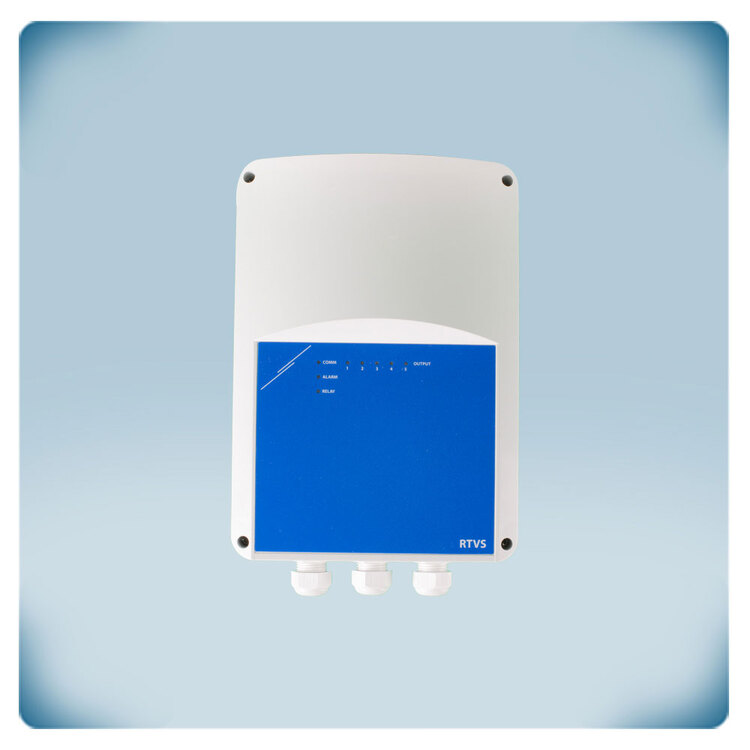
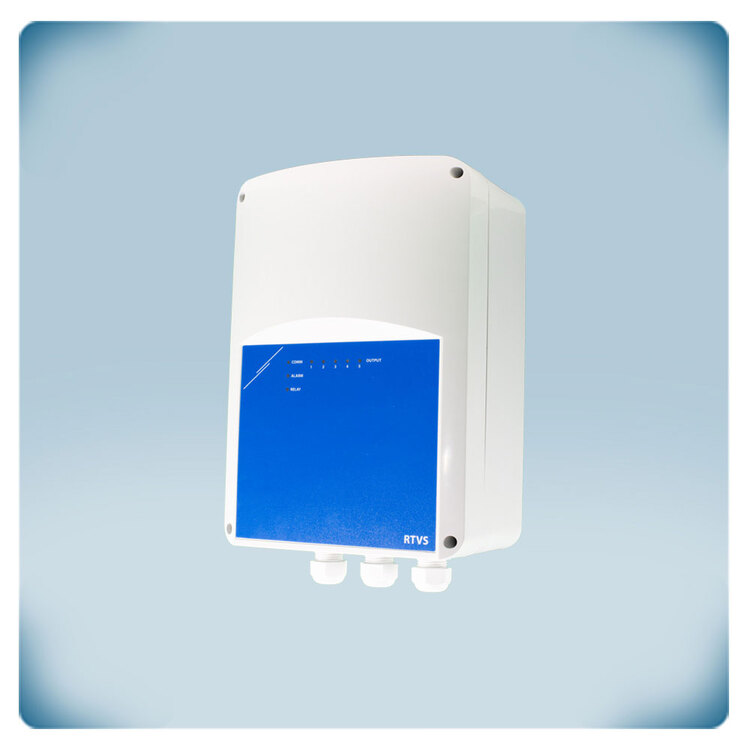
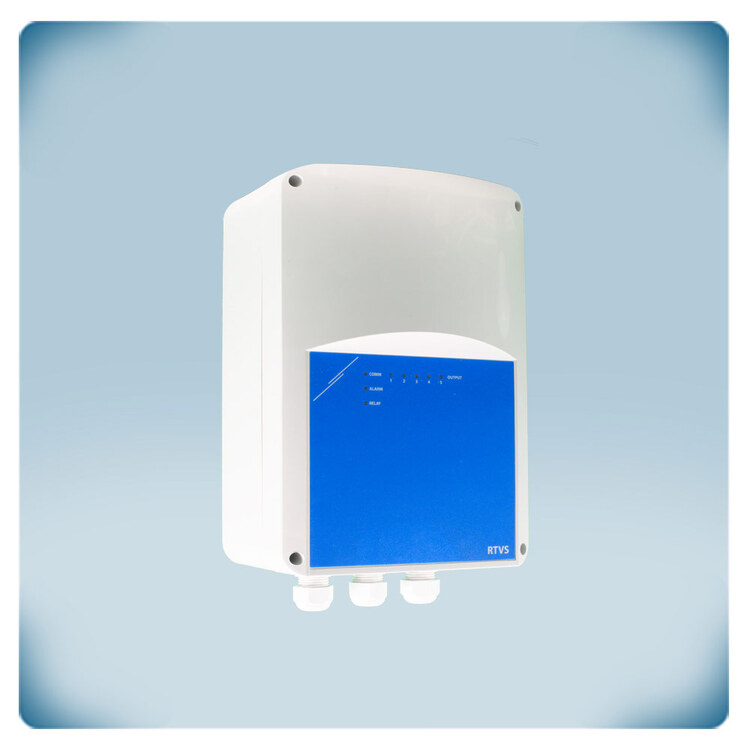
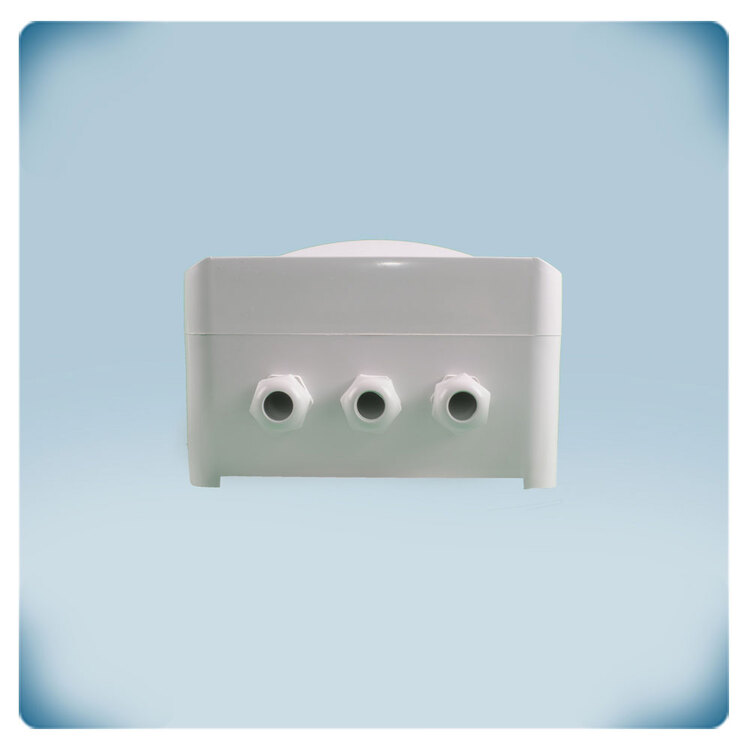
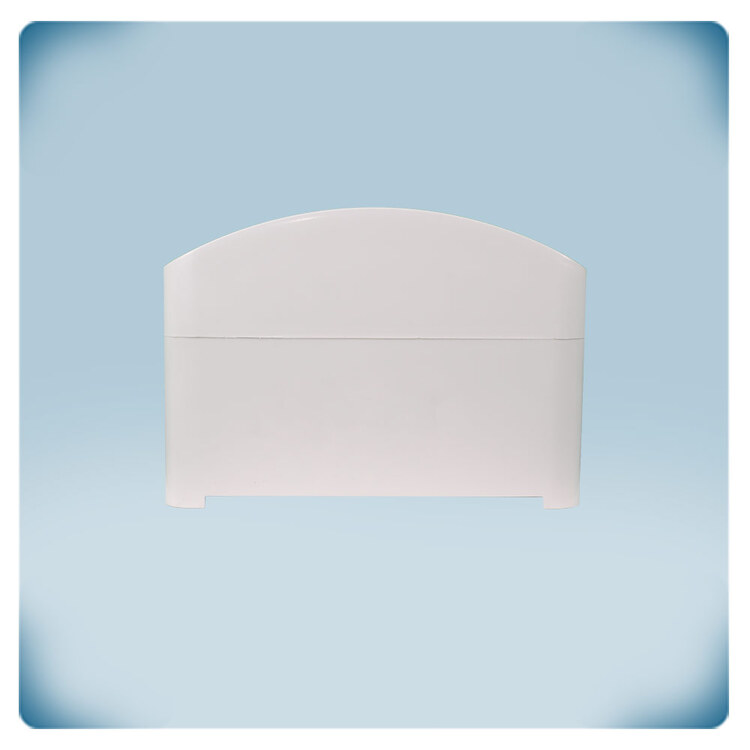
.webp)
.webp)
.webp)
.webp)
.webp)
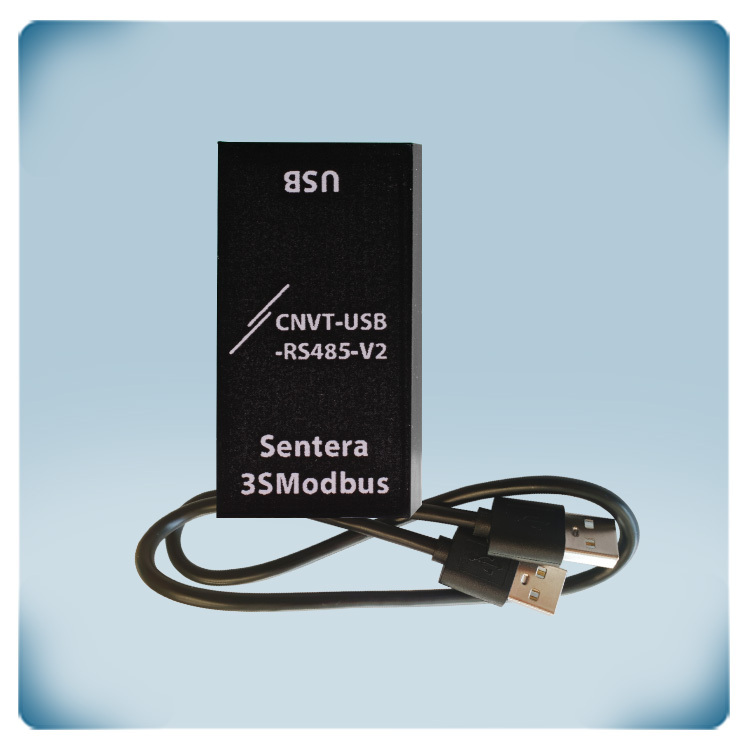
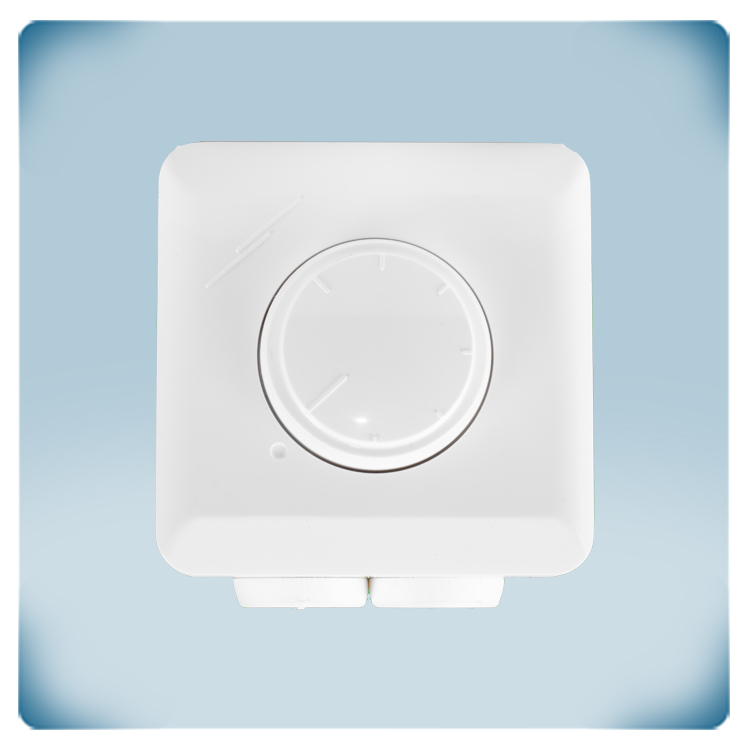
Remarks, reviews & ratings